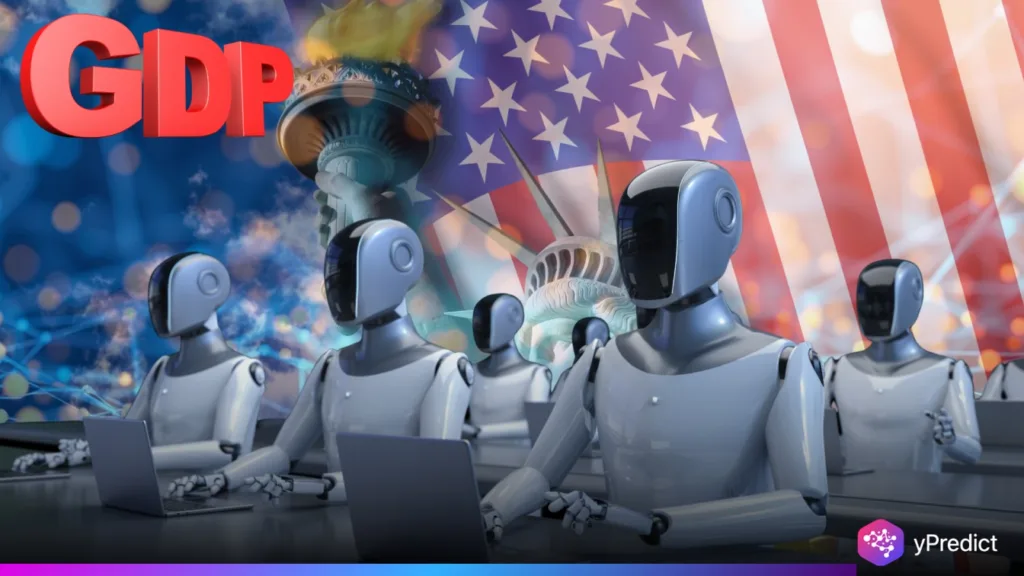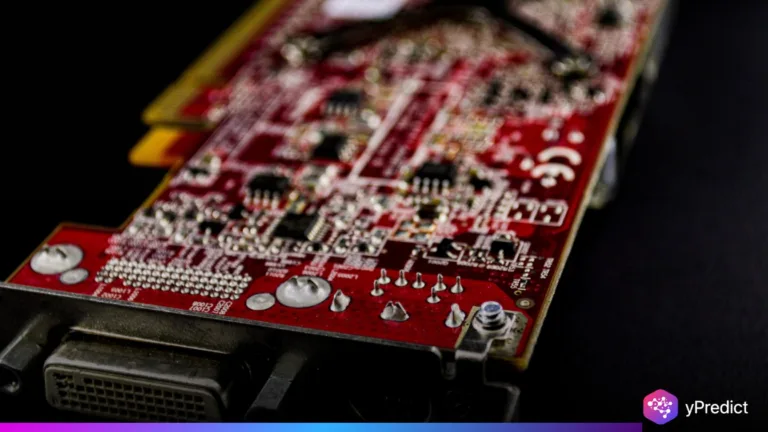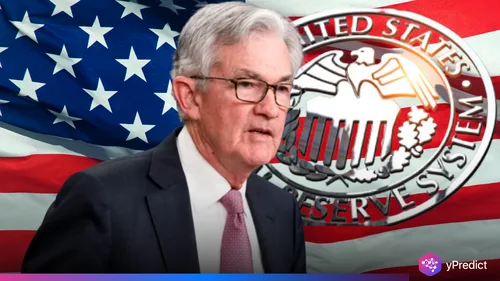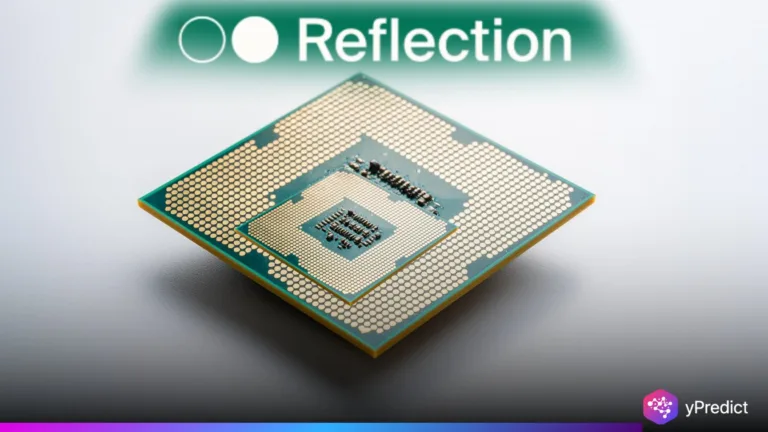
A new report from AF Post claims that AI companies are driving most of the U.S. economy’s momentum in 2025. The data suggests they’re behind 80% of stock market gains and nearly 40% of GDP growth this year. The story arrives amid record foreign investment — almost $290 billion in Q2 alone. On Wall Street, traders say AI is now the heartbeat of market optimism. But behind the excitement lies debate. Are these numbers sustainable? Or is this another speculative bubble forming under the bright lights of the New York Stock Exchange?
AI Companies and the Market Boom
The rise of AI companies has reshaped the S&P 500. Firms like Nvidia, Alphabet, and Microsoft dominate both headlines and balance sheets. Nvidia’s GPU business alone drives much of the index’s growth, feeding the hardware demand that fuels AI systems worldwide. Analysts estimate about 7% of the S&P 500 is now directly tied to AI-related stocks.
Foreign investors are following the trend. Nearly one-third of U.S. stock ownership now comes from abroad — the highest since World War II. This wave of capital flows toward AI infrastructure: data centers, chip plants, and energy grids. Projects like Stargate, a $500 billion collaboration among OpenAI, Oracle, and SoftBank, aim to scale this ecosystem globally.
Yet critics warn that most of the market’s performance comes from a small cluster of AI companies. Only eight firms in the S&P 500 make the majority of their revenue from AI. The concern? Too much concentration. If those leaders stumble, so does the index. Still, investors keep buying, betting that AI remains America’s strongest growth story.
The GDP Question: Hype or Hard Data?
AF Post’s claim that AI accounts for 40% of U.S. GDP growth has sparked debate. Economists from J.P. Morgan and Goldman Sachs say the number might be exaggerated — though not entirely off-base. Capital spending on AI surged 41% in early 2025, driven by data center construction and hardware manufacturing. These investments directly added about 1.1% to GDP in the first half of the year.
But here’s the catch. The boom isn’t evenly spread. Tech giants capture most of the value, while smaller industries lag. This creates an economy powered by a few AI companies, not broad-based growth. Labor shortages add another layer. With immigration slowing, firms are using automation to fill the gaps. AI-driven productivity gains might offset those losses — for now.
Still, some economists warn of overheating. “It looks like a gold rush,” one analyst said. “Everyone’s mining the same field.” The NYSE image from AF Post’s coverage — traders surrounded by glowing AI tickers — captures both the promise and the pressure. How long can this rally last before reality catches up?
Conclusion
The surge of AI companies in 2025 tells two stories. One of innovation, investment, and historic market highs. And another of risk, inequality, and overreliance on a single sector. Investors see opportunity in AI’s efficiency. Skeptics see a bubble waiting to burst. The truth may lie between — a temporary imbalance before AI spreads into more industries. What’s clear is that these firms now shape U.S. growth more than any other group. Whether that power stabilizes or collapses will define the next chapter of the American economy.







